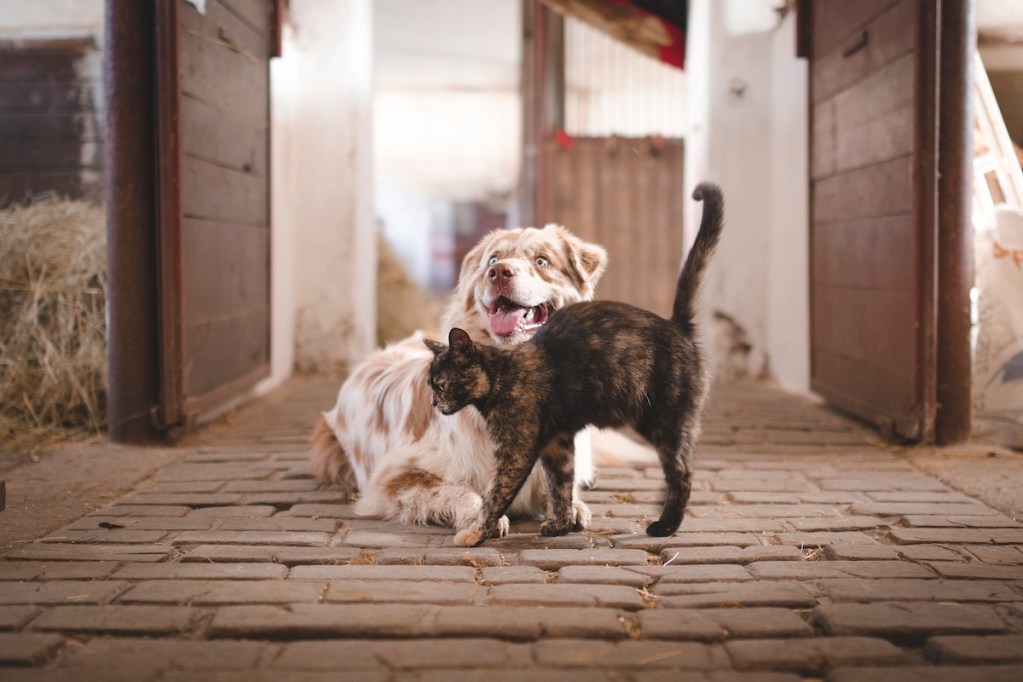Your pet might only speak one language, but they can learn any human tongue. They probably know their name at a bare minimum and some dogs can learn up to 1,000 words (even cats can learn a few basic commands, whether they choose to do so is a different story).
But how do we decide what they’re saying to us? Countries around the world have different ways of writing barks and meows based on how they hear the sounds. We take a look at the art of translating pet language into human.

What do you call ‘bark’ and ‘meow’ in other languages?
If you were in Italy, your dog would say “bau, bau,” in France, it’s “oaf oaf,” and in Portugal, they go “au au.” Despite all being in one small area of the globe, each of these languages hears our pets differently. In fact, Word Tips, which researched the subject extensively, figured out what terms people use in the 147 most-spoken languages in the world. It found that there are at least 40 different ways that we write out a dog’s bark. On the flip side, while the exact combination of vowels varies a lot, most cats speak words that begin with the sound in the letter “M.”
How do we interpret our pets?
When you actually look at the map that Word Tips put together, you might find some pretty big differences. That’s because nearly all these expressions are onomatopoeias, meaning we’re trying to put letters to the sounds we’re actually hearing. When you add in that languages have different rules, you get vastly different spellings and verbalized words to describe our animals, according to Anthea Fraser Gupta, who has researched the topic. But we’re all hearing (at least close to) the same sound, so you’ll spot a few similarities, too.
Why do animals talk to us?
Even though they might not start speaking English, dogs and cats are trying to communicate with us. Just like in human babies, puppies and kitties need to tell their parents when they are hungry or call out if they get lost. That instinct transfers to us, the pet parents, and many animals can learn more complex communication as well, such as the dogs that push buttons to ask for what they need. In a more mundane example, you probably know the difference between your dog’s happy bark when they see their toy versus their angry bark when their rival comes too close to the yard or your cat’s meow at dinner versus yowl when their mad.
No matter what noises your pet makes (and how you write them), it seems we all have one thing in common: We love our pets regardless of where we hail from. That’s at least part of the reason we try to communicate with them in the first place and see some of us in our animals. And so we translate dog language and cat language into words that resonate in our own tongue whether it be “bark bark” or “oaf oaf.”




